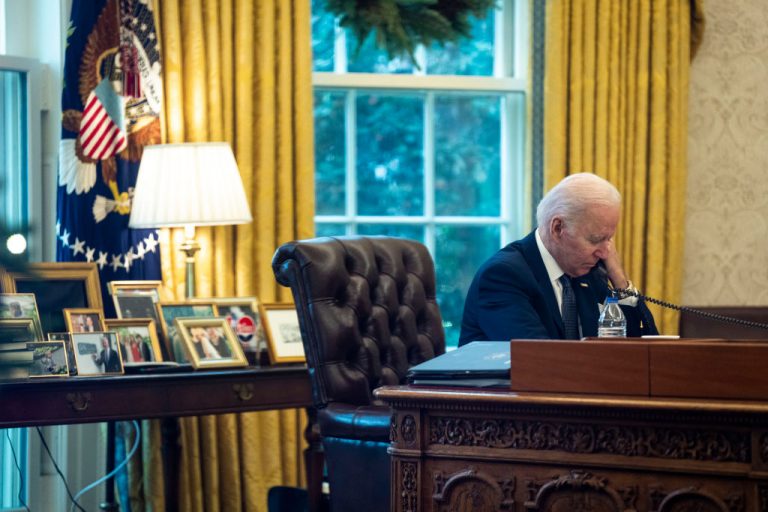On Thursday Feb. 3, President Joe Biden announced his plan for the mobilization of additional U.S. troops to Europe in case of a Russian invasion of Ukraine.
Echoes of the Cold War appear to be emerging as the two world superpowers engage in another war of words, bringing their respective allies into the fray as well.
US mobilization
Despite suffering the fallout of withdrawing its forces from Afghanistan last year, Biden has approved the deployment of U.S. forces to Europe.
The announcement came a day after Russian President Vladimir Putin accused the West of pulling his country into a war, in addition to warnings to ex-Soviet nations like Ukraine to not be included into the North Atlantic Treaty Organization (NATO).
“I’ll be moving troops to eastern Europe and the [NATO] countries in the near term. Not too many,” Biden said to reporters after returning from a speech in Philadelphia.
Success
You are now signed up for our newsletter
Success
Check your email to complete sign up
Though already having tens of thousands of troops in western Europe, as well as planned sanctions against Russia, the Pentagon is still bent on sending a small amount of reinforcements to the continent.
According to Pentagon Press Secretary John Kirby, 2,000 U.S. troops would be flown to Poland and Germany, while 1,000 of the already existing forces in Germany would be redeployed to Romania. On Wednesday, Kirby said that the order was made “in response to the ‘current security climate’”.
Former U.S. commander Ben Hodges said that American soldiers will be equipped with vehicles and weapons already provided in warehouses in Europe instead of waiting for equipment to arrive from the United States.
In addition to the troops being moved to Europe, 8,500 more troops in the U.S. are being put on “heightened alert” should a need arise.
“It’s important that we send a strong signal to Mr. Putin and, frankly, to the world that [NATO] matters to the United States and it matters to our allies,” Kirby told reporters.
The deployment of U.S. troops is said to not be for direct combat in Ukraine, but for the defense of the United State’s allies in Europe.
Staff members and their families in the U.S. embassy in Ukraine were also ordered to evacuate from the country. The embassy also urged American citizens in Ukraine to depart back home as soon as possible.
Spain and France both pledged their support for Ukraine, while Turkey plans to become a mediator of peace between Ukraine and Russia.
Moscow’s response
Moscow has since called the U.S. deployment a “destructive” step that threatens to raise tension and downplay politics.
Despite denying any plans to invade the former Soviet nation, Russia has 100,000 troops close to the Ukrainian border, as well as a naval force heading for the Black Sea.
According to NATO Secretary-General Jens Stoltenberg, there has been a “significant movement” of around 30,000 Russian troops to Belarus, said to be the largest deployment to the country since the Cold War.
Moscow has been supporting an armed rebellion in the eastern Donbas region and has also accused Ukraine of failing to uphold the Minsk agreement, which aims to restore peace in the eastern region.
It has been eight years since Russia’s annexation of the Crimea peninsula, located south of Ukraine.
Ukraine braces for conflict
Ukrainian President Volodymyr Zelenskyy fears that a military conflict with Russia might lead to a full-scale war that would affect all of Europe.
“There will be, unfortunately, a tragedy if the escalation against our state begins,” he said. “That is why I openly say: this will not be a war between Ukraine and Russia – this will be a war in Europe, full-scale war, because no one will give up their territories and people anymore.”
On Tuesday, Ukraine also signed a decree to increase its armed forces by 100,000 troops for the next three years, in addition to raising salaries for soldiers.
With the fear of war looming over them, Ukrainians have been training to prepare for the worst, with civilians joining military drills.
















